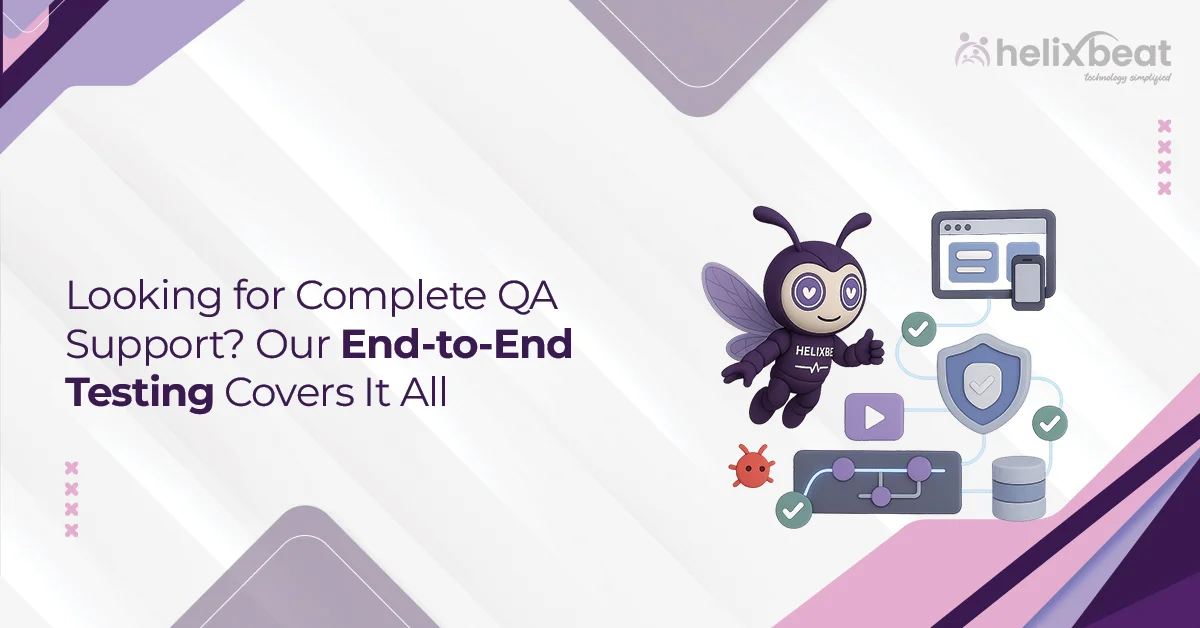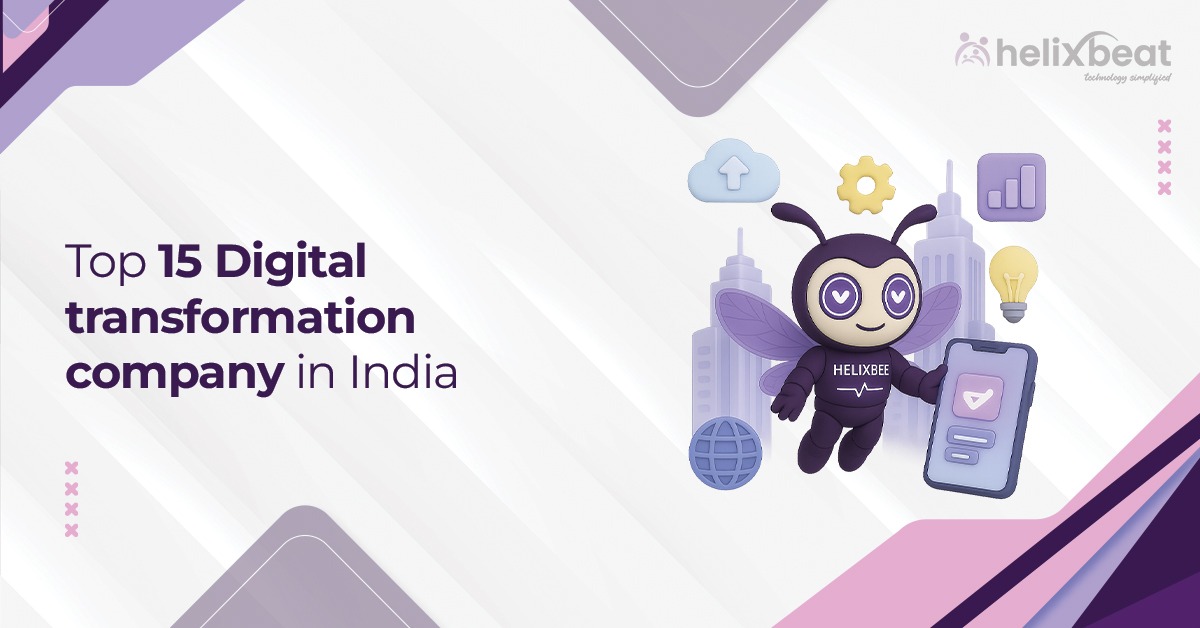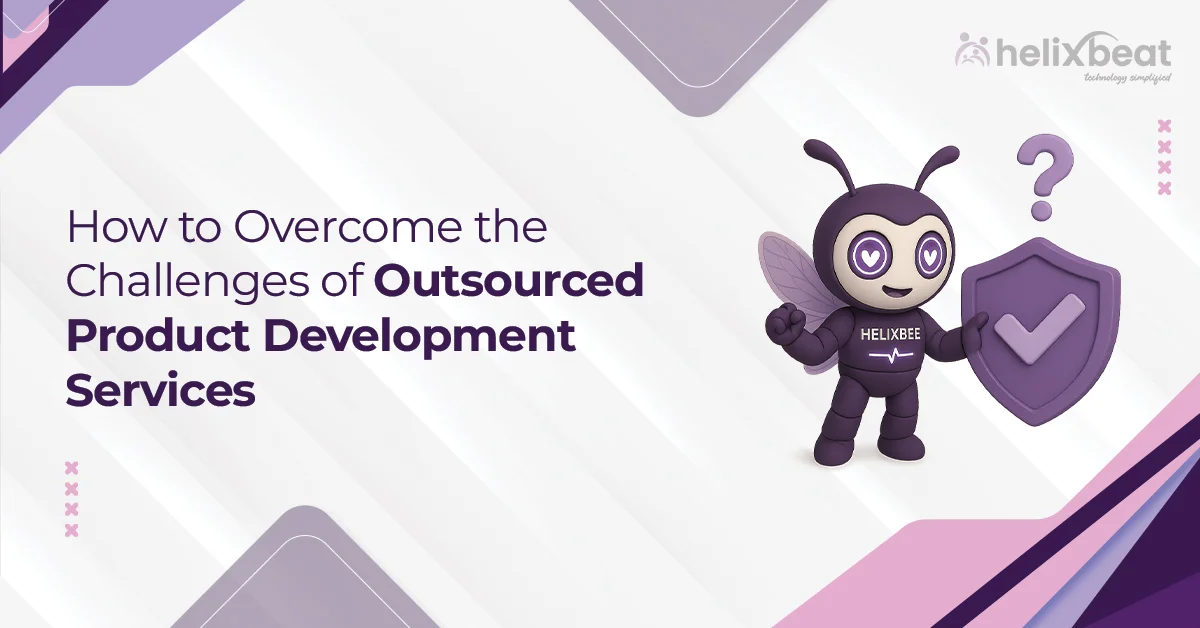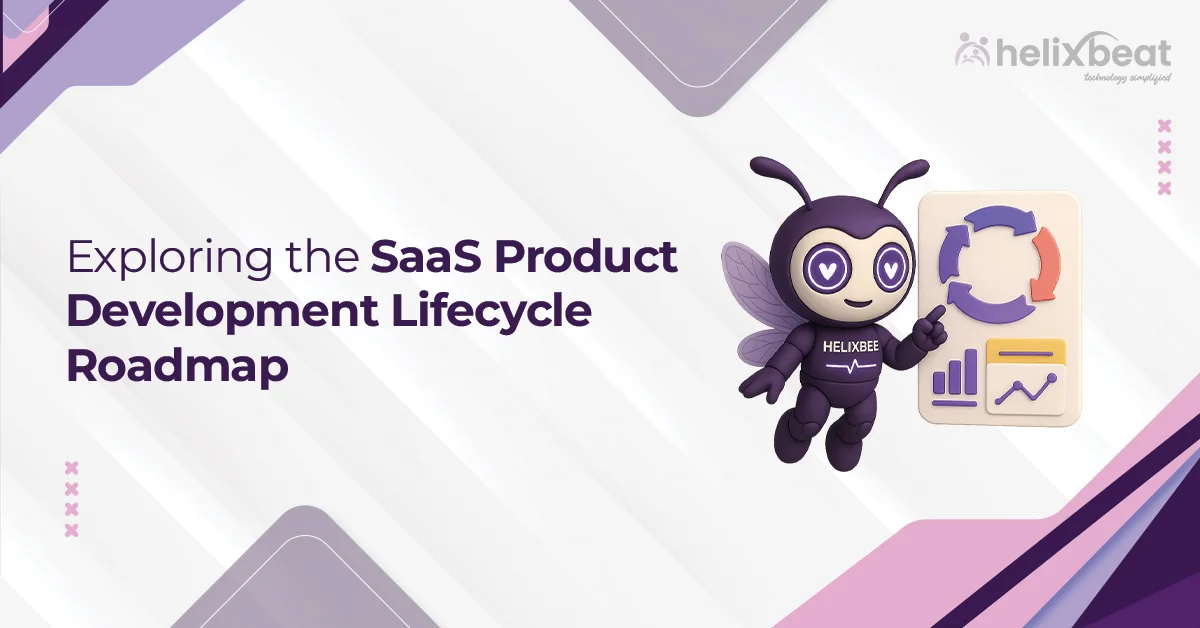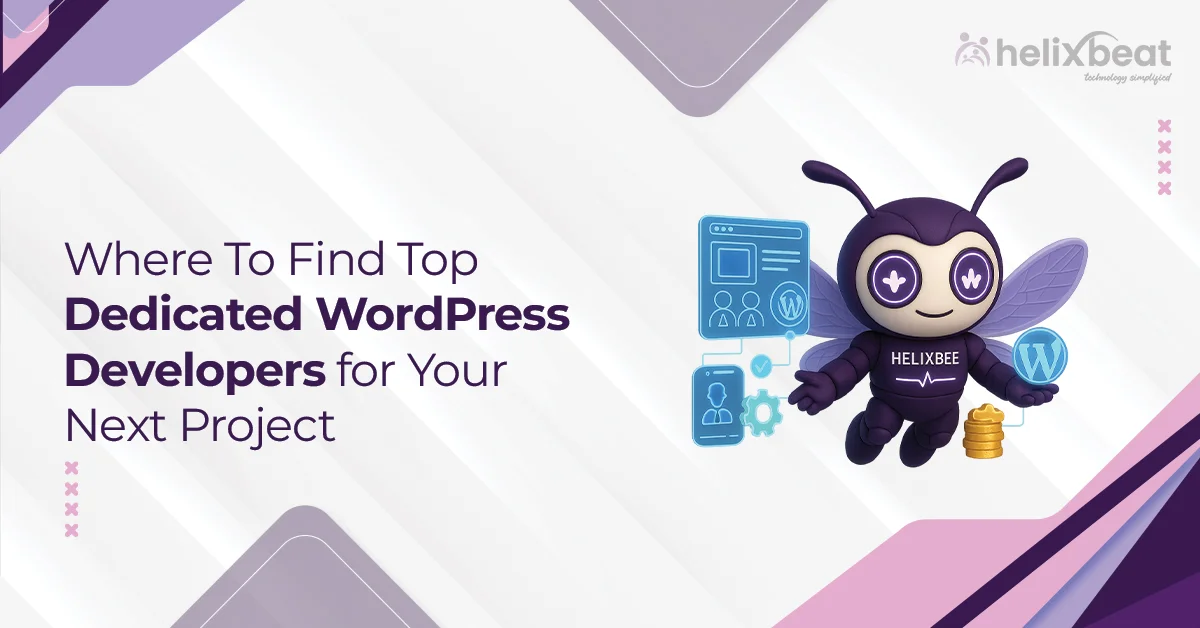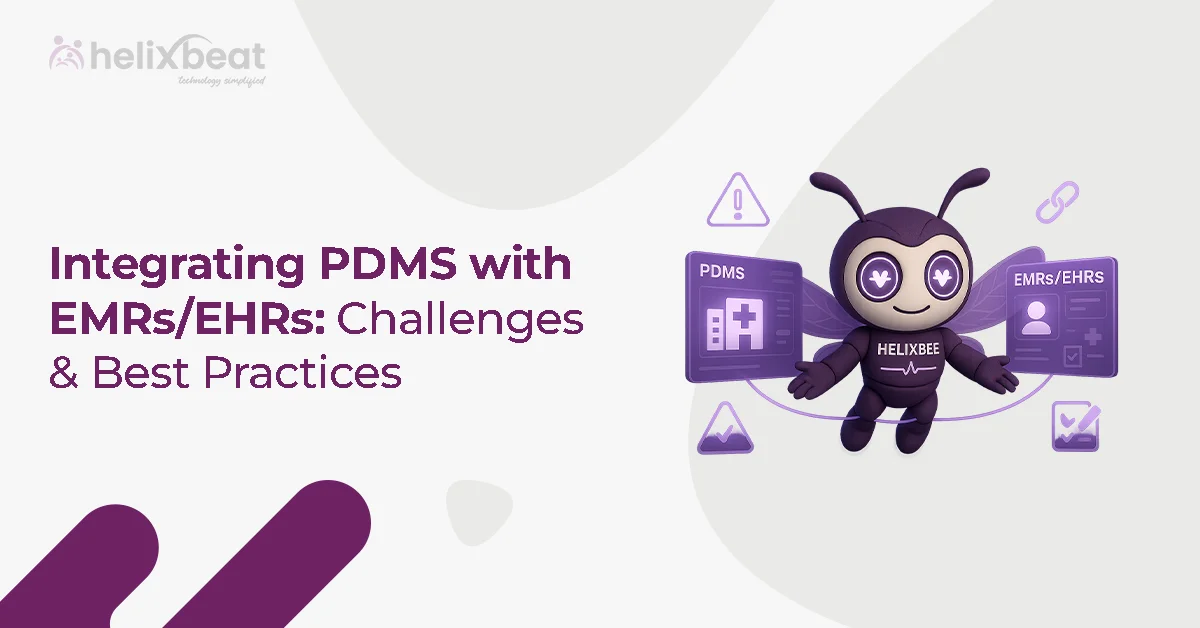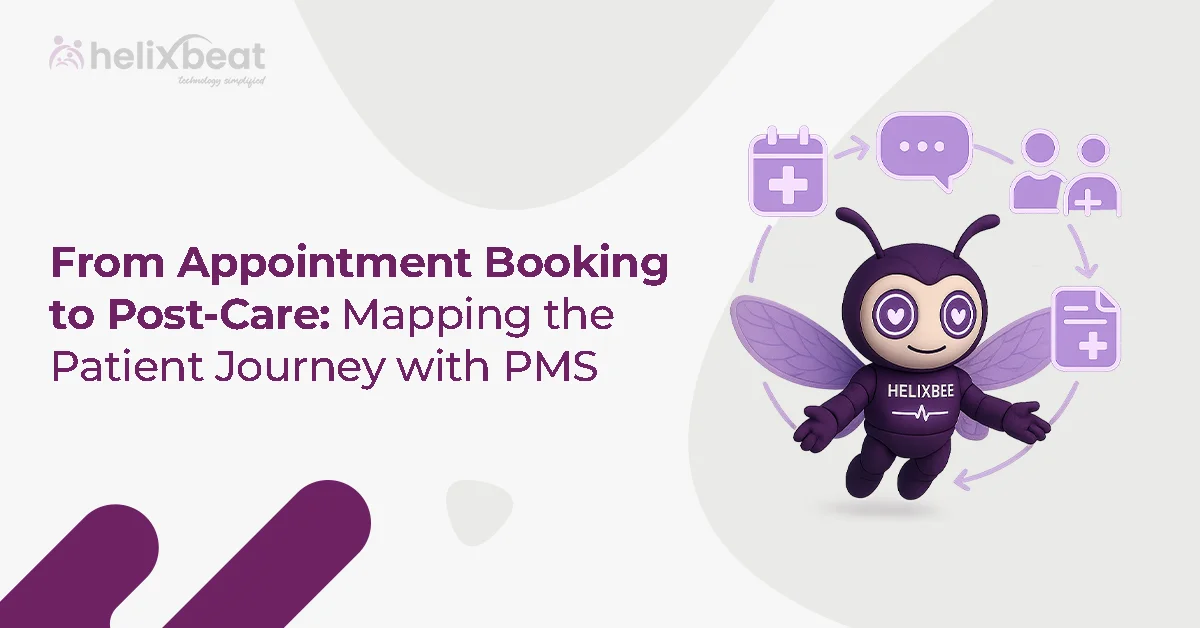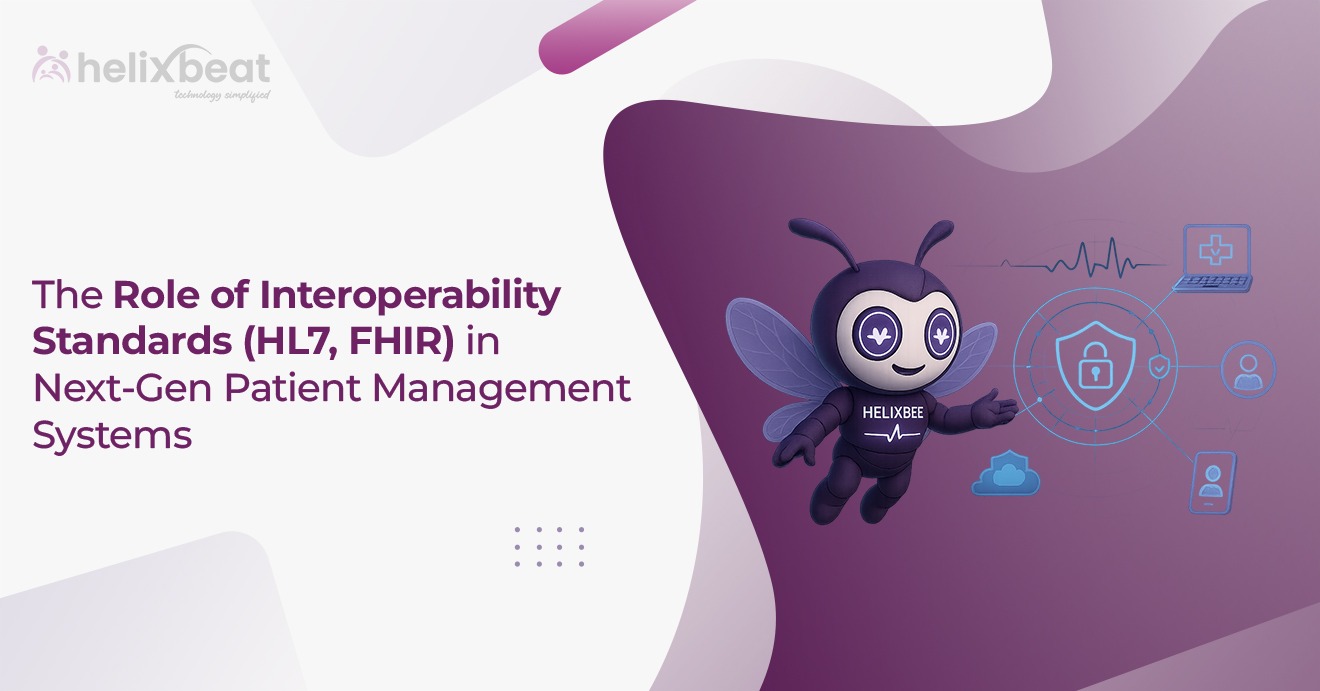For current businesses, supply chain efficiency isn’t just a goal; it’s a growth strategy. In fact, research shows that companies using IoT enabled solutions can improve supply chain visibility by up to 70%, giving them a major competitive advantage.
Nowadays, most entrepreneurs regularly experience costly delays, inventory mismatches, and equipment downtime. To solve these challenges, IoT (Internet of Things) has been implemented. By connecting devices like sensors, trackers, and machines to the internet, IoT helps you collect real-time data from every part of your supply chain.
This means you can monitor shipments in real-time, track warehouse activity, automate routine tasks, and make more informed decisions based on real-time insights. Whether you’re scaling up or looking to optimize costs, the right IoT product design and execution can transform your logistics operations into a well-oiled machine.
Let’s explore how adopting IoT product development services can lead to increased agility, accuracy, and growth in your supply chain.

Table of Contents
How Can IoT Be Used in Supply Chain Logistics?
IoT enabled solutions are transforming traditional supply chains by adding intelligence, automation, and real-time visibility to every stage of logistics operations. Here are four key ways these technologies are being used in modern supply chain management:
1. Real-Time Asset Tracking
IoT enabled solutions use GPS and RFID (Radio Frequency Identification) tags to track shipments, vehicles, and containers in real time. This gives logistics managers instant updates on location, delays, or route changes, reducing the chances of lost goods or delivery errors. It also helps improve customer satisfaction by providing accurate ETAs.
2. Smart Inventory Management
With IoT sensors installed on shelves, pallets, and bins, businesses can automatically track stock levels and movement inside warehouses. These sensors send real-time data to a central dashboard, eliminating the need for manual stock checks and reducing inventory shortages or overstocking. It also supports automated reordering systems that save time and cost.
3. Environmental Monitoring for Sensitive Goods
For industries dealing with perishable items, pharmaceuticals, or electronics, IoT sensors can monitor temperature, humidity, and shock during storage and transit. If conditions go beyond safe limits, alerts are sent immediately, helping businesses take quick action to prevent damage or loss.
4. Predictive Maintenance of Equipment
IoT devices installed on trucks, forklifts, or conveyor belts can detect wear and tear in real time. These sensors collect data like vibration, usage hours, or oil levels, which helps predict equipment failures before they happen. This reduces unexpected downtime and maintenance costs, keeping operations running smoothly.
How IoT Improves Efficiency in Supply Chain Logistics
IoT enabled solutions help manufacturers run their supply chains more smoothly by giving real-time updates, reducing delays, and making better decisions. Below are four simple ways these smart technologies improve efficiency in manufacturing.
1. Reduces Production Delays with Real-Time Visibility
IoT enabled solutions help manufacturers track incoming raw materials and component shipments in real time. IBM reports a 30% drop in delays using such systems. For example, Siemens uses IoT fleet tracking to reroute deliveries instantly, keeping assembly lines running without interruptions or last-minute shortages.
2. Improves Warehouse Operations with Smart Inventory Management
In manufacturing warehouses, IoT sensors track stock levels, locations, and movements automatically. McKinsey notes that this reduces warehousing costs by 25%. Bosch applies IoT-based inventory monitoring to manage factory supplies efficiently, reduce manual checks, and avoid material shortages during production.
3. Minimizes Downtime with Predictive Maintenance
IoT sensors installed on factory equipment monitor vibration, temperature, and run-time data. GE found predictive maintenance reduces downtime by up to 50%. Tata Steel uses IoT-enabled sensors to detect issues early, preventing machine failures and extending the operational life of critical manufacturing equipment.
4. Enhances Decision-Making with Factory-Level Data Analytics
IoT devices across the factory floor generate real-time performance data. Cisco reports a 15% efficiency boost in manufacturers using this data for analytics. Schneider Electric uses IoT dashboards to monitor machine health and process data, improving energy efficiency and reducing operational costs across its global plants.
Difficulties Involved in Implementing IoT in Supply Chain Logistics
1. High Initial Investment Costs
Setting up IoT enabled solutions often requires a big budget. From buying smart sensors and connected devices to upgrading existing systems, the initial cost can be high. Many small and mid-sized manufacturers hesitate to invest without a clear idea of the long-term return on investment.
2. Integration with Legacy Systems
Many supply chains still rely on old software and manual processes. Connecting these legacy systems with new IoT platforms is challenging. Without proper integration, businesses can’t get the full benefits of real-time data or automation from their IoT investments.
3. Cybersecurity and Data Privacy Risks
IoT devices collect and share large amounts of sensitive supply chain data. Without strong cybersecurity in place, these systems become vulnerable to hacks or data leaks. Protecting networks, devices, and stored information adds complexity and requires ongoing investment in security.
4. Lack of Skilled Workforce
Using IoT technology requires trained professionals who understand both IT and supply chain operations. Many manufacturing businesses struggle to find people with the right skills to manage, monitor, and analyze IoT systems effectively. This slows down adoption and limits system performance.
Helixbeat IoT-Based Solutions
1. Custom IoT Strategy & Tailored Roadmap
Helixbeat begins with a deep discovery phase to align your specific business goals with the right IoT product design and deployment. Their experts craft a custom IoT strategy from concept to roadmap, ensuring the final solution solves real operational challenges and delivers measurable value.
2. Seamless Device Connectivity & Scalable Architecture
With Helixbeat’s IoT enabled solutions, devices from sensors to gateways are integrated into unified systems for real-time data sharing. Their scalable architecture supports growth from hundreds to thousands of endpoints while enabling reliable and secure device communication across networks.
3. Advanced Data Insights & Operational Efficiency Gains
Helixbeat leverages IoT-generated data for advanced analytics, real-time dashboards, and predictive alerts. This transforms raw device data into actionable business insights. Clients report up to a 30% increase in operational efficiency through automated decision-making and streamlined workflows.
What Are the Companies Using IoT in Supply Chain
Several global leaders have adopted at least one IoT enabled solution to improve tracking, reduce delays, and make their supply chain operations more efficient, and data-driven.
1. Amazon
Amazon uses IoT enabled solutions in its fulfilment centres for real-time inventory tracking and smart warehouse automation. Robots and connected sensors help speed up sorting, picking, and packaging, reducing delivery times and improving order accuracy.
2. Maersk
Global shipping giant Maersk uses IoT to track containers across oceans. Their smart containers monitor temperature, humidity, and location in real time, which is especially useful for sensitive goods like food and pharmaceuticals.
3. Siemens
Siemens integrates IoT in its manufacturing supply chain to monitor machinery, automate logistics, and manage global parts flow. Their factories use IoT sensors for predictive maintenance and to ensure smooth delivery of components across production lines.
What is the Future of IoT in the Supply Chain?
The future of supply chains will be driven by every IoT enabled solution that brings real-time visibility, automation, and smart decision-making to logistics and operations.
1. AIoT for Predictive and Autonomous Operations
The combination of AI and IoT (AIoT) will drive smarter, self-learning supply chains. AI will analyze IoT data to predict demand, prevent equipment failure, and automate decision-making. This shift enables faster response times and reduced manual intervention across logistics.
2. Digital Twins for Real-Time Simulation
Digital twins will let companies create virtual models of their supply chains using live IoT data. Businesses can test scenarios like shipment delays or demand spikes before acting, improving planning, resource use, and risk management.
3. Blockchain Plus IoT for Transparency and Trust
Merging IoT with blockchain will create tamper-proof records of goods movement. This boosts traceability and builds trust, especially in sensitive sectors like pharma and food, by ensuring that supply chain data is secure and verifiable.
4. 5G and Edge Computing for Speed and Scale
5G will allow thousands of IoT devices to share data instantly, while edge computing will process it near the source. Together, they’ll support faster, more responsive logistics with real-time insights and localized automation.
Final Words
Managing a supply chain is never easy. Delays, stock issues, and unexpected breakdowns can affect both costs and customer trust. That’s where IoT enabled solutions make a real difference, giving you live updates, predictive insights, and better control over daily operations.
At Helixbeat, we understand these challenges. Our team builds practical, easy-to-use IoT systems that connect your machines, track your goods, and help your business respond quickly to change. From planning to execution, we’re with you at every stage.
If you want to modernize your supply chain with technology, Helixbeat’s IoT enabled solutions are ready to deliver. Book a free consultation with us.
FAQ
1. What is an IoT enabled device?
An IoT enabled device is any physical object that can connect to the internet and share data. These devices have built-in sensors or software that allow them to collect and send information in real time, for example, a smart sensor in a truck that tracks location or temperature.
2. What are the four types of IoT?
The four main types of IoT are:
- Consumer IoT (smart home devices like smart lights, fitness trackers)
- Industrial IoT (IIoT) (factory equipment, sensors in manufacturing)
- Infrastructure IoT (smart cities, traffic systems)
- Commercial IoT (retail sensors, logistics trackers)
3. Example of IoT enabled device
A smart thermostat is a common IoT device. It monitors room temperature, learns user preferences, and adjusts heating or cooling automatically while being controlled remotely via a smartphone app.
4. What are IoT product development services?
IoT product development services include designing, building, and deploying connected devices. These services cover everything from hardware design and software development to cloud integration and real-time analytics, helping businesses bring smart products to market.
5. What is the future of IoT?
The future of IoT is focused on smarter, faster, and more secure systems. With technologies like AI, 5G, and edge computing, IoT will enable fully automated operations, predictive decision-making, and deeper insights across industries like manufacturing, healthcare, and logistics.



